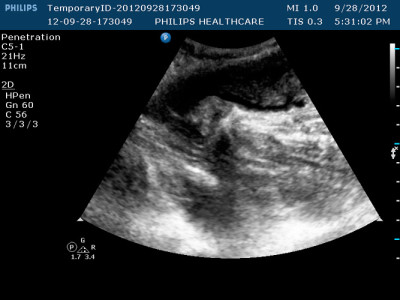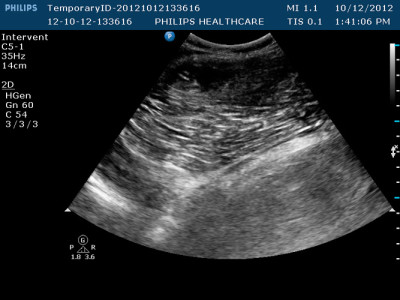What Conditions can be healed with Platelet-Rich Plasma treated? Is It Effective?
Research studies are currently being conducted to evaluate the effectiveness of PRP treatment. Learn about how the procedure of Platelet-Rich Plasma treatment works. At this time, the results of these studies are inconclusive because the effectiveness of PRP therapy can vary. Factors that can influence the effectiveness of Platelet-Rich Plasma Treatment include:
- The area of the body being treated
- The overall health of the patient
- Whether the injury is acute (such as from a fall) or chronic (an injury developing over time)
Platelet-Rich Plasma Therapy for Chronic Tendon Injuries
According to the research studies currently reported, Platelet-Rich Plasma Treatment is most effective in the treatment of chronic tendon injuries, especially tennis elbow, a very common injury of the tendons on the outside of the elbow. The use of PRP for other chronic tendon injuries — such as chronic Achilles tendonitis or inflammation of the patellar tendon at the knee (jumper’s knee) is promising. However, it is difficult to say at this time that PRP therapy is any more effective than traditional treatment of these problems.
Platelet-Rich Plasma Treatment for Muscle Injuries And Tears
Platelet-Rich Plasma Treatment has been used to heal professional athletes with common sports injuries like pulled or torn hamstring muscles in the thigh or pulled calf muscles in the leg. Our experience is similar to the sports surgeons in Europe who report a shorter recovery time and quicker return to sports in athletes who have had PRP treatment.
Most recently, one of our patients who was an MMA fighter in the heavyweight division tore his adductor longus muscle and tendon off the bone during a fight. He presented with severe groin pain and difficulty walking. In most cases, this severe injury would have been treated with surgery. He was adamant that he did not want surgery and wanted to try PRP therapy. He was given 3 injections of PRP under ultrasound guidance (weekly intervals) and he was back to doing weights and MMA training 2 weeks after the last injection.


Surgery
More recently, PRP has been used during certain types of surgery to help tissues heal. It was first thought to be beneficial in shoulder surgery to repair torn rotator cuff tendons. However, the results so far show little or no benefit when Platelet-Rich Plasma Treatment is used in these types of surgical procedures.
Surgery to repair torn knee ligaments, especially the anterior cruciate ligament (ACL) is another area where PRP has been applied. At this time, there appears to be little or no benefit from using PRP in this instance.
Knee Arthritis
Some initial research is being done to evaluate the effectiveness of PRP in the treatment of the arthritic knee. It is still too soon to determine if this form of treatment will be any more effective than current treatment
Conclusion
Treatment with platelet-rich plasma holds great promise. Currently, however, research studies in this area are still on-going. The risks associated with it are minimal: There may be increased pain at the injection site, but the incidence of other problems — infection, tissue damage, nerve injuries — appears to be no different from that associated with cortisone injections.
Looking For A Reliable Knee Orthopaedic Specialist?
Fast Medical Attention, Transparent Fees
Make an appointment for comprehensive care for your knee problems!
